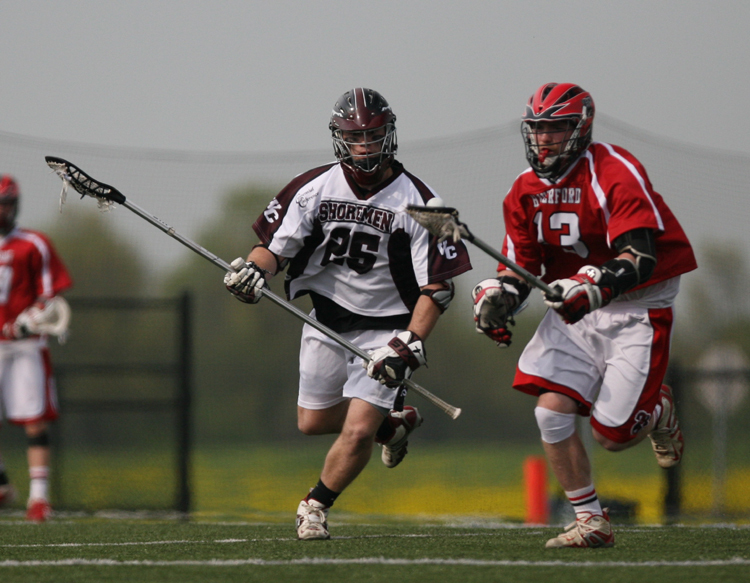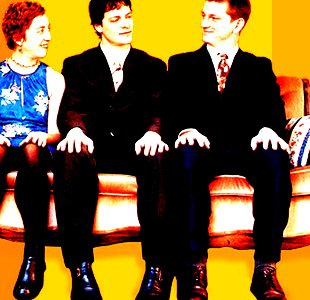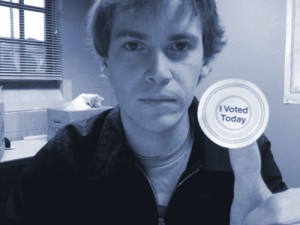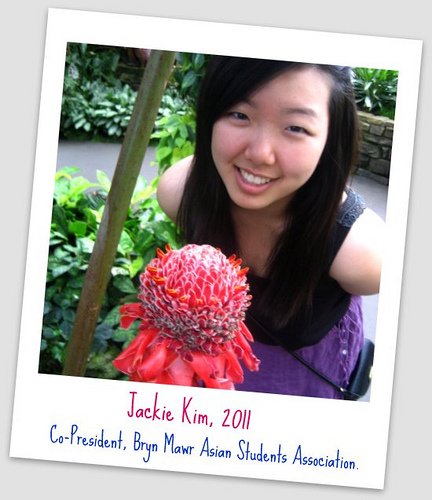Injuries happen often at a school where one of of three students are on varsity sports teams
By Jonathan Yu
Drive around the campus Haverford College in suburban Philadelphia long enough and you will notice there are no big football fields, no marching bands, and no cheerleaders.
But that doesn’t mean the small Division III school is not sporty in it’s own right.
Roughly one-third of the 1,200 at Haverford play a varsity sport. And that means that in any given season, varsity athletes – particularly those in high-risk contact sports, such as men’s lacrosse and men’s soccer – suffer an array of injuries, ranging from minor to major. In fact, injuries related to sports are an everyday prospect at the college.
“Most of what we see are minor injuries, aches and pains, due to repetitive use or just the incidental contact involved in sports,” said Curt Mauger, Head Athletic Trainer at Haverford College.
According to Mauger, minor injuries include bumps and bruises, cuts, overuse injuries like tendonitis, and ankle sprains. Treating these conditions can be as simple as using ice and ibuprofen to using corrective stretching techniques.
But from time to time, serious injuries, like ACL tears, concussions, and some shoulder injuries, will sideline players for extended periods of time.
“We do see our share of more significant injuries that require testing, physician’s visits… but because we don’t have some of the very high-risk sports, for example, football, wrestling, ice hockey, we don’t see as many surgeries as some larger athletic departments,” Mauger said.
“We’ve been lucky to not have too many severe, season-ending injuries,” said Cory Walts, Fitness Center Director and Strength and Conditioning Coach at Haverford College.
* * *
Lacrosse player Leks Gerlak never expected to put down his stick so soon.
Gerlak, recruited from a top high school lacrosse program, was only a few weeks into his freshman year in 2007 when he cut hard on his right knee and “felt everything pop out of place.”
“I kind of hobbled over to the sidelines,” Gerlak said. “It wasn’t like it was excruciating pain or anything, so I was like, alright, maybe I just twisted my knee.”
Up until that point, Gerlak never had an injury – not even a sprained ankle. But the next day, the doctor told Gerlak that he had torn his ACL, a major ligament of the knee. The tear ended Gerlak’s lacrosse career.
ACL tears do not happen frequently at Haverford, but they are considered serious injuries, according to Mauger. Surgery is often needed to fix the tear and it usually takes about six to nine months to recover fully.
Most of the post-surgical rehabilitation is done on-site at Haverford. Mauger and two other athletic trainers provide treatment and rehabilitative services to varsity athletes from Haverford’s 23 teams with everything from sprained ankles to ACL tears.
For the past three years, Haverford has contracted with NovaCare, a corporate physical therapy provider, to give students, faculty, and staff access to a NovaCare physical therapist three times per week.
But it is not easy to predict how long a player will sit out due to an injury. Continue reading


 l finally be able to lose weight. Plus, I will have close access to a gym. It’s the perfect opportunity,” she said.
l finally be able to lose weight. Plus, I will have close access to a gym. It’s the perfect opportunity,” she said.

 rol with text flirting.”
rol with text flirting.”


